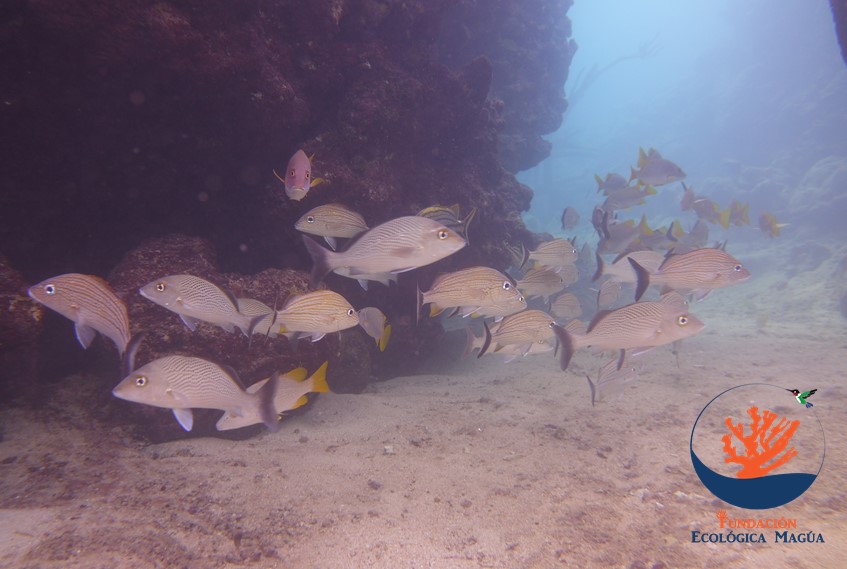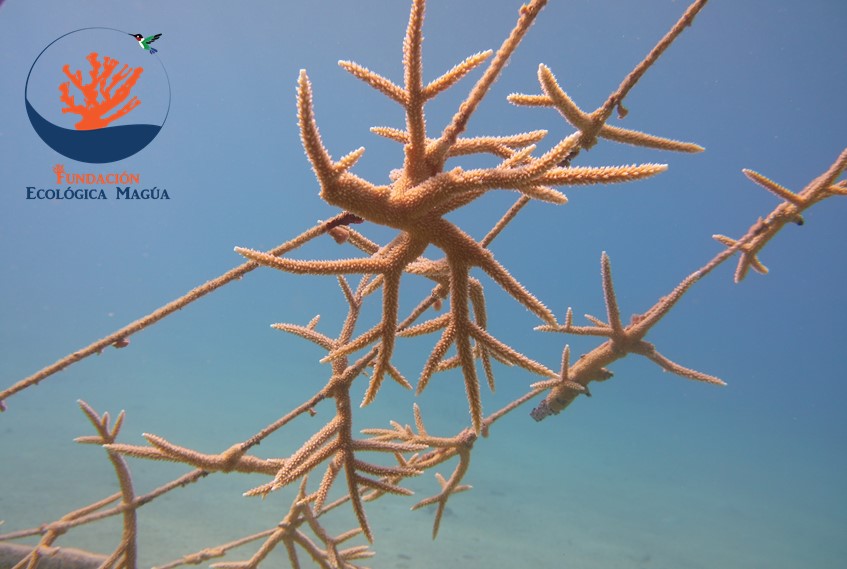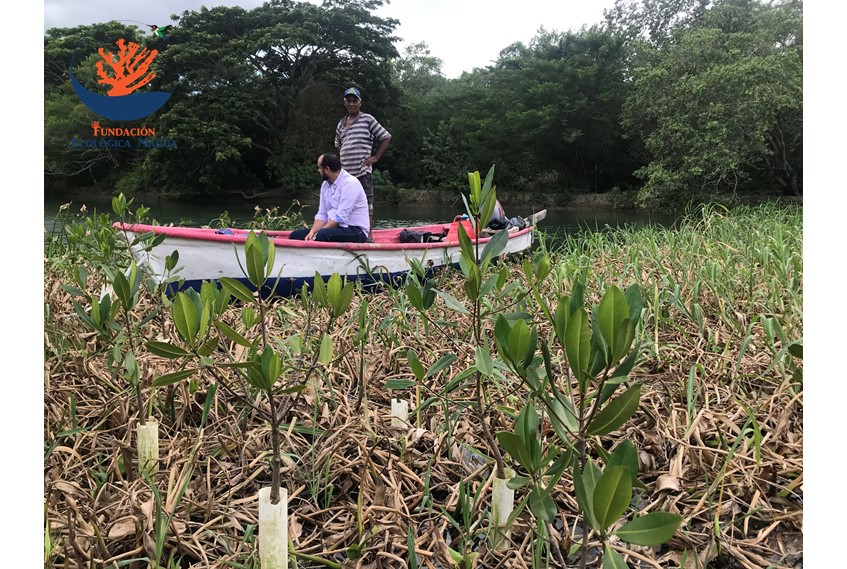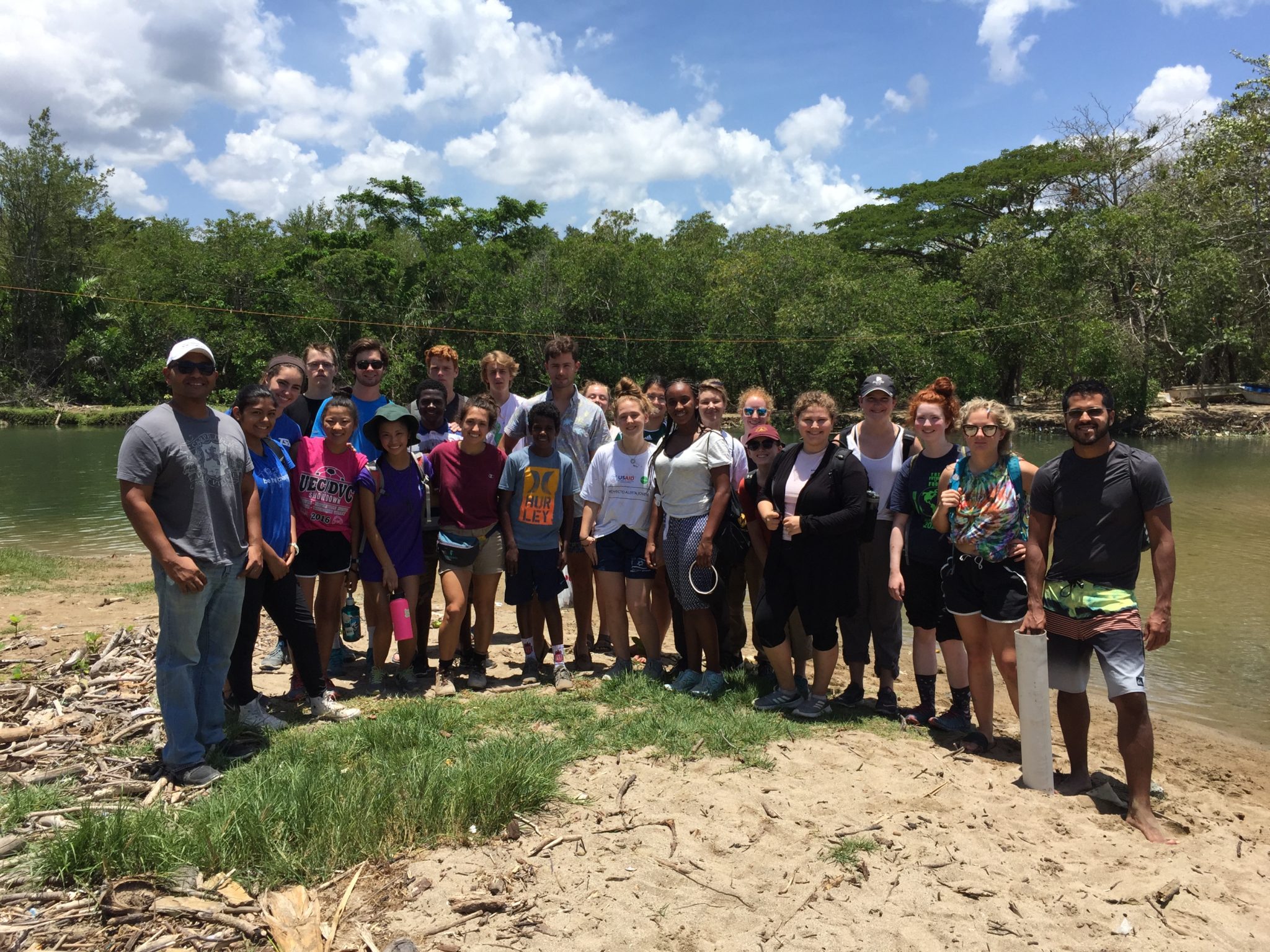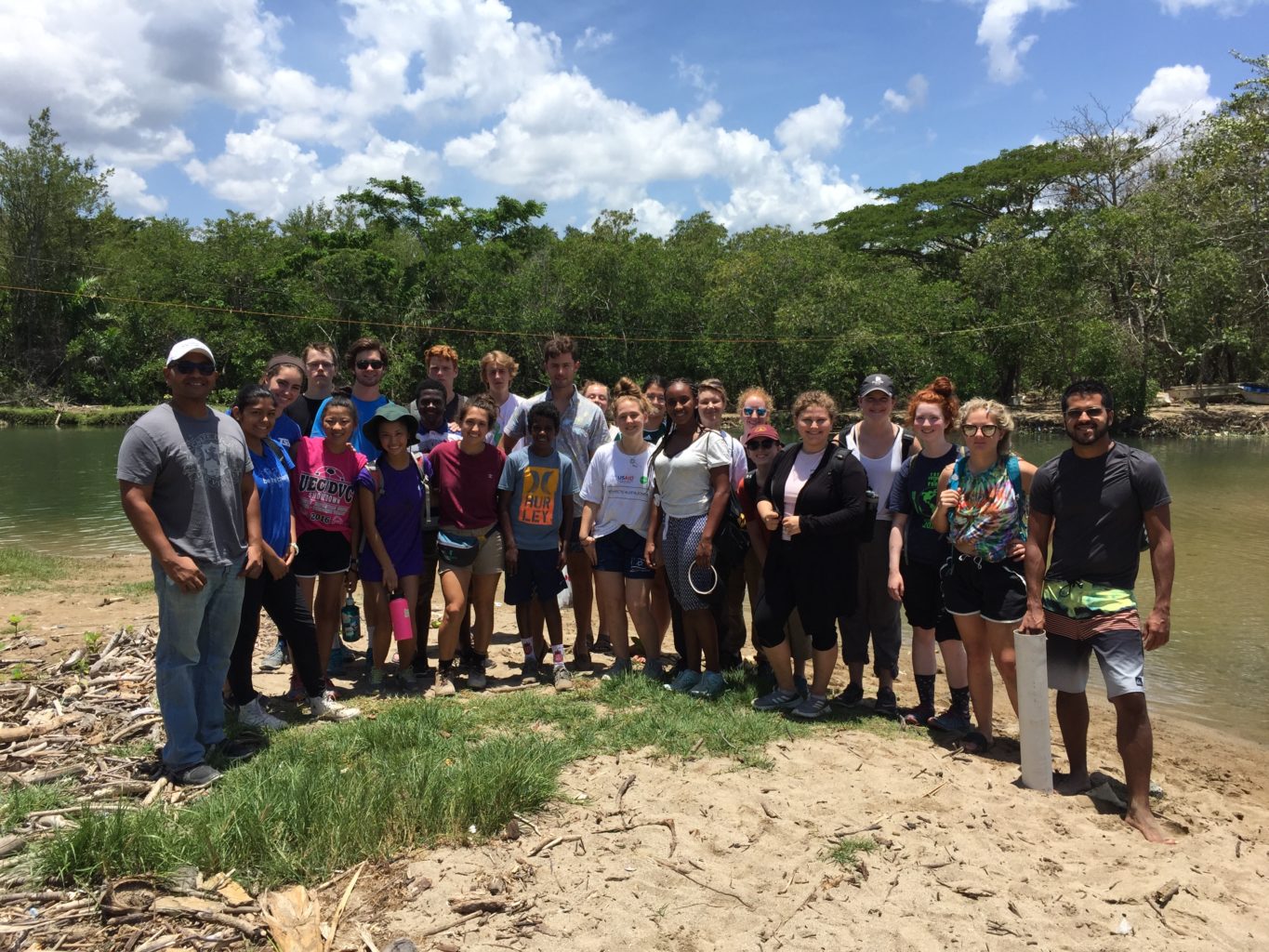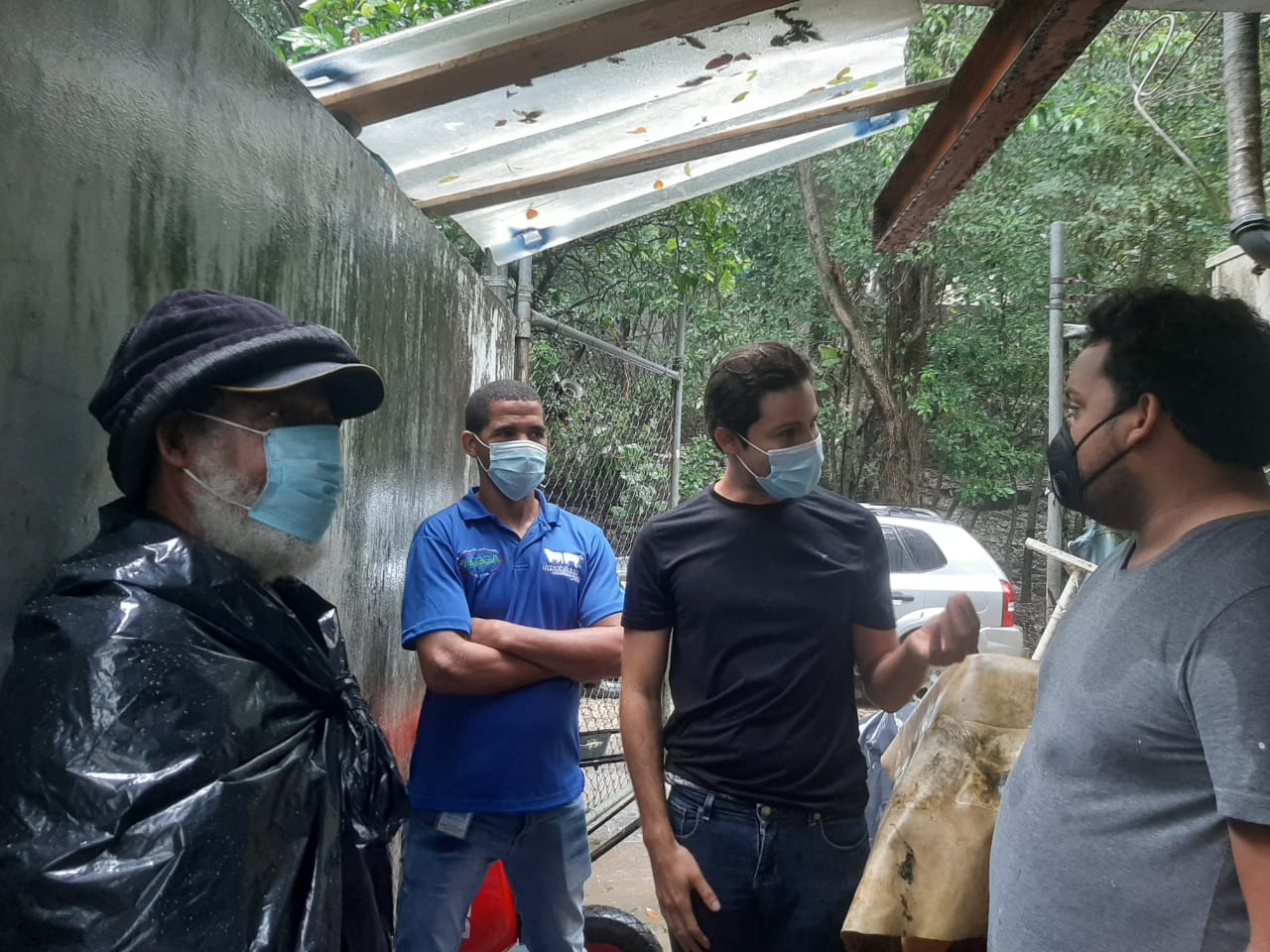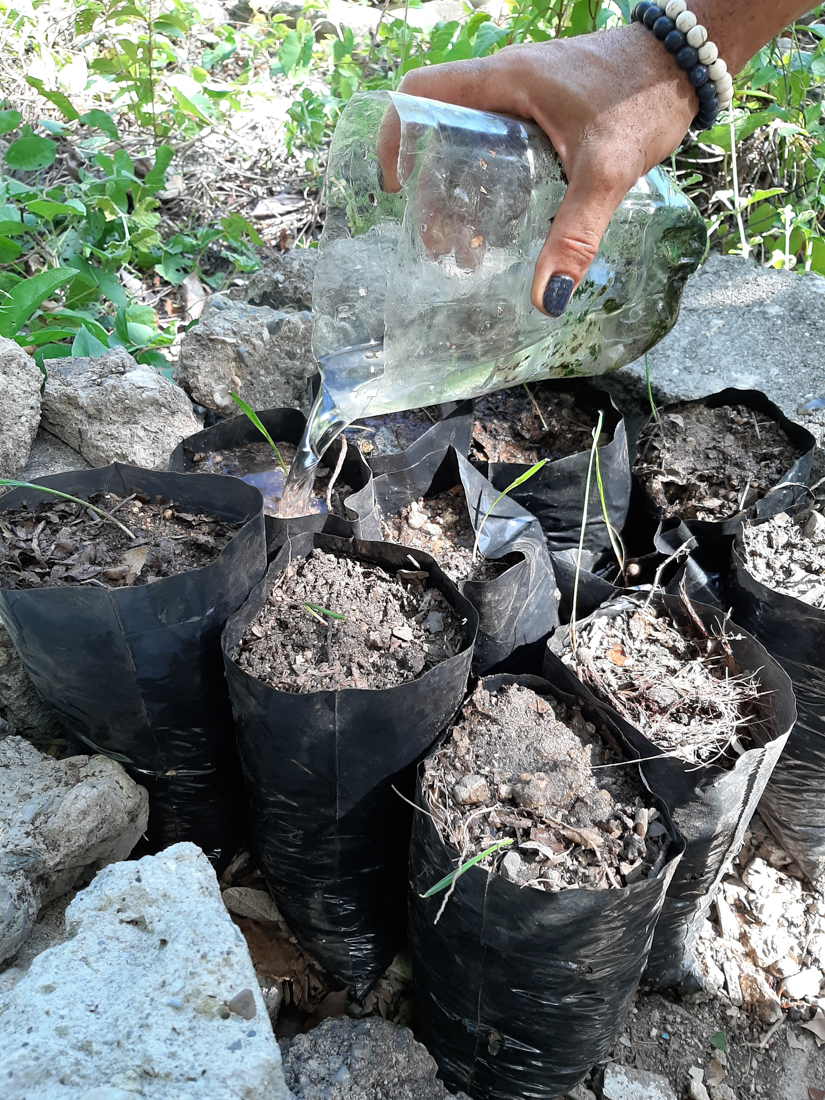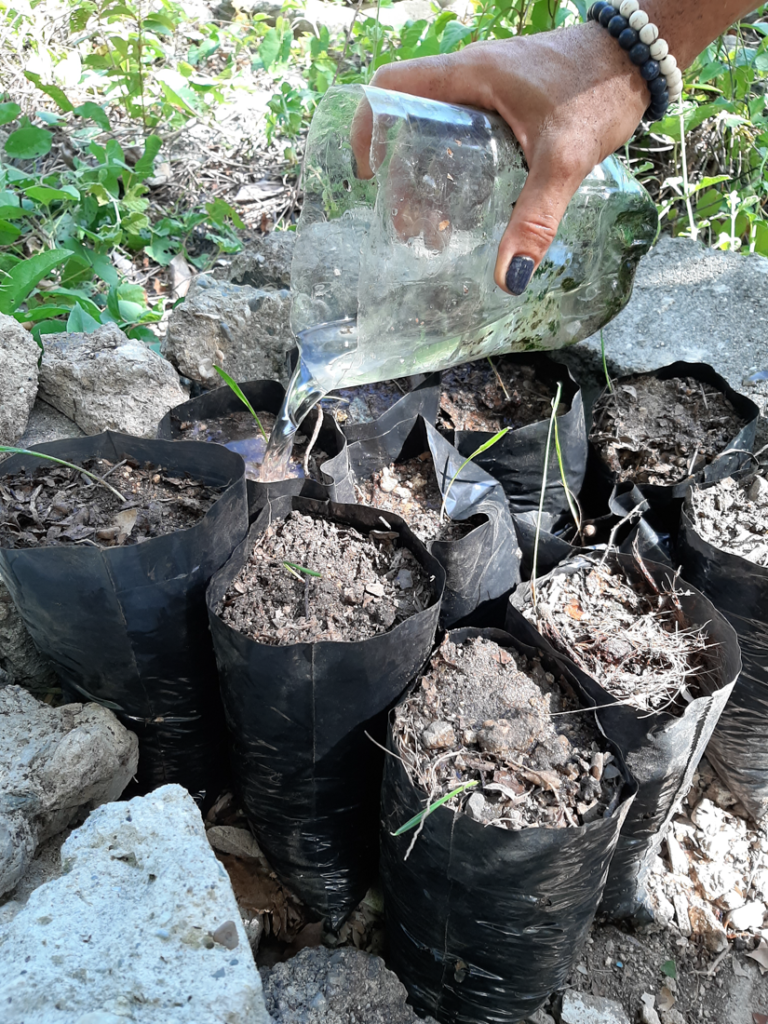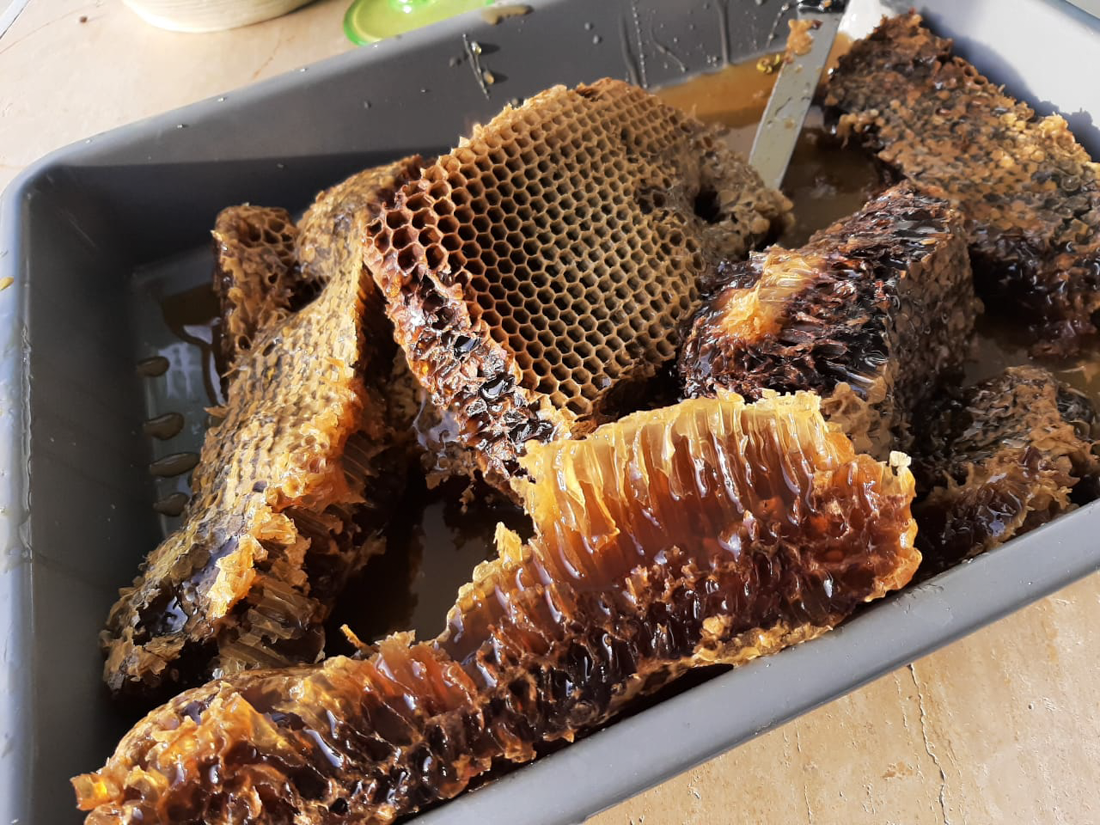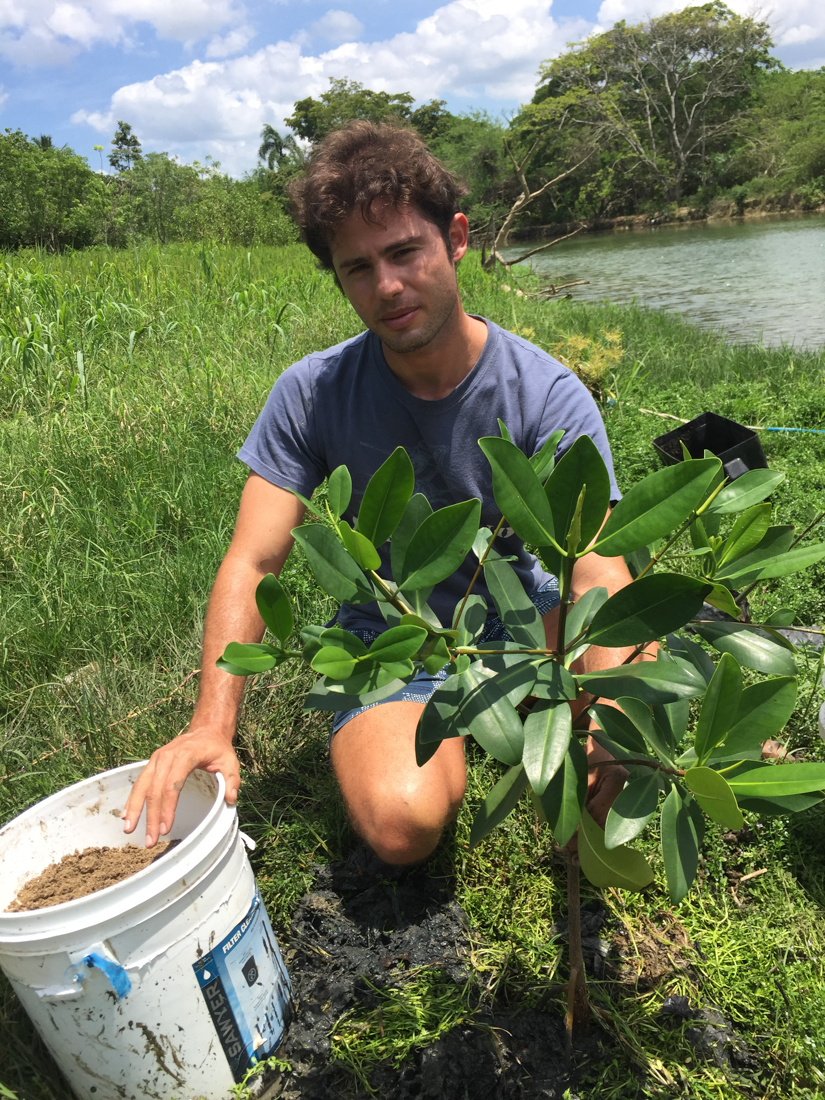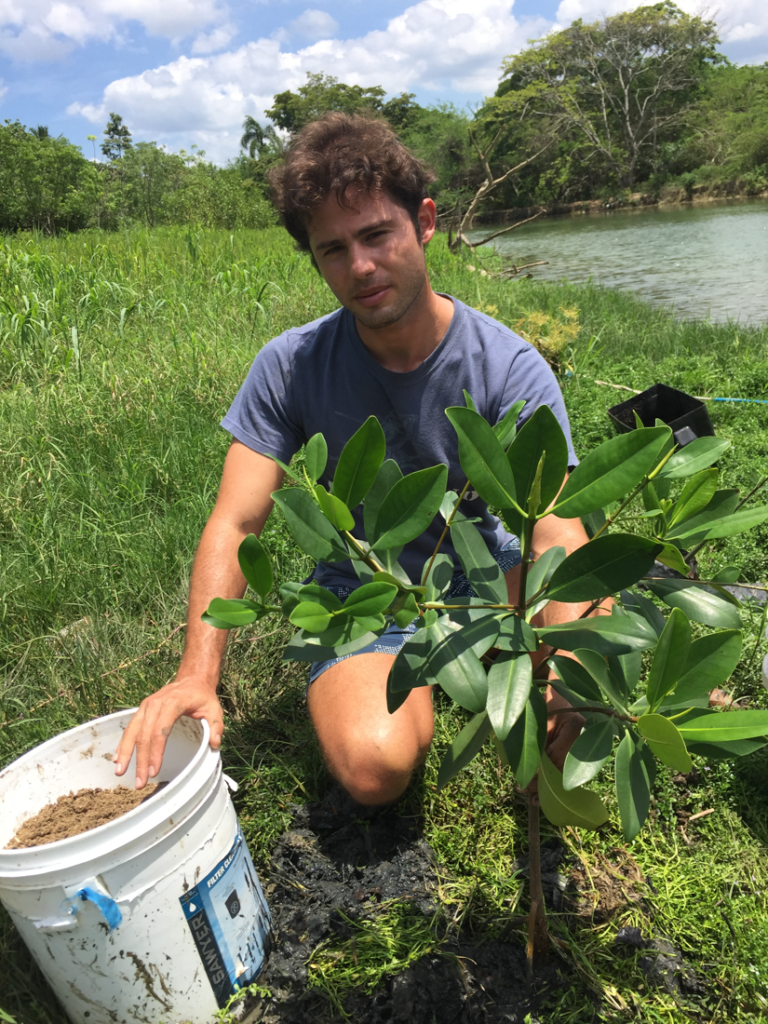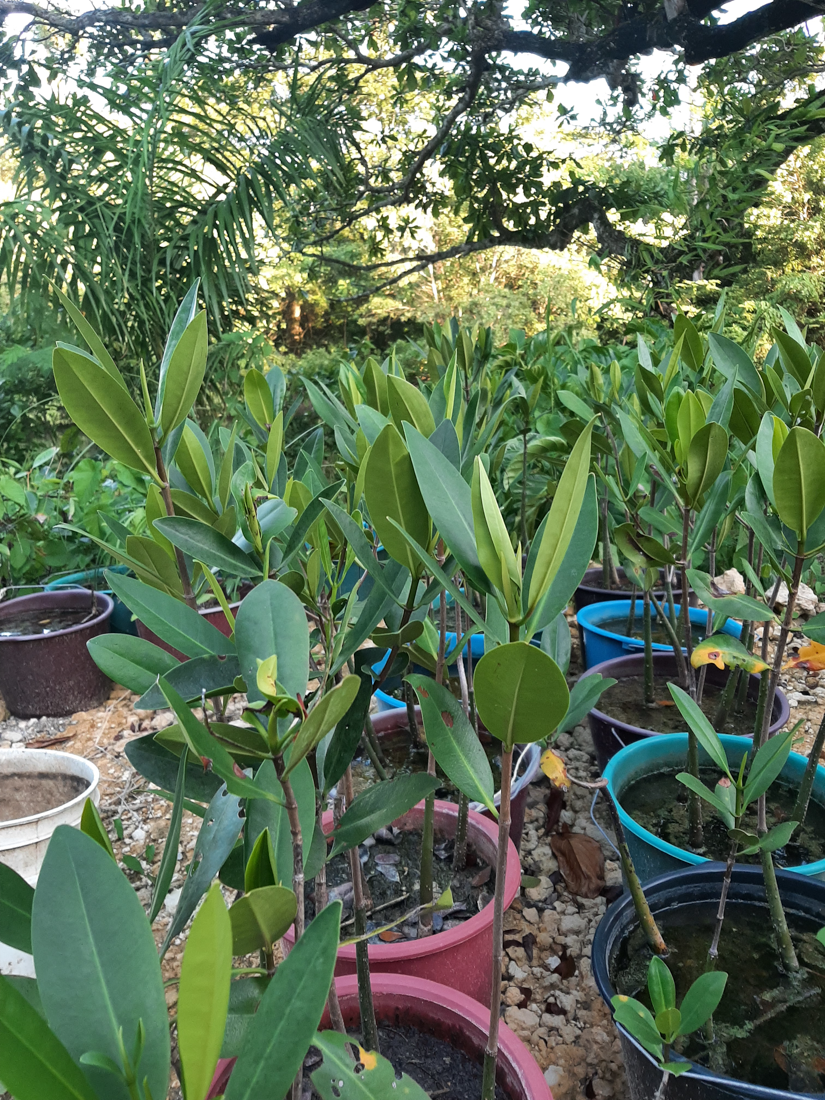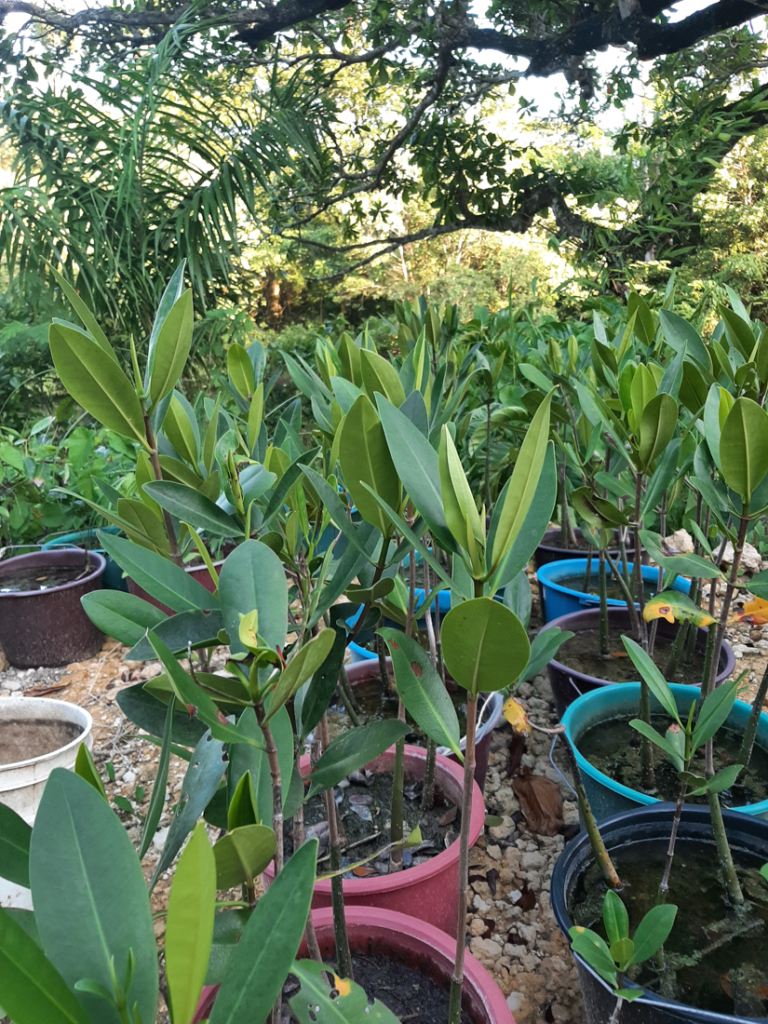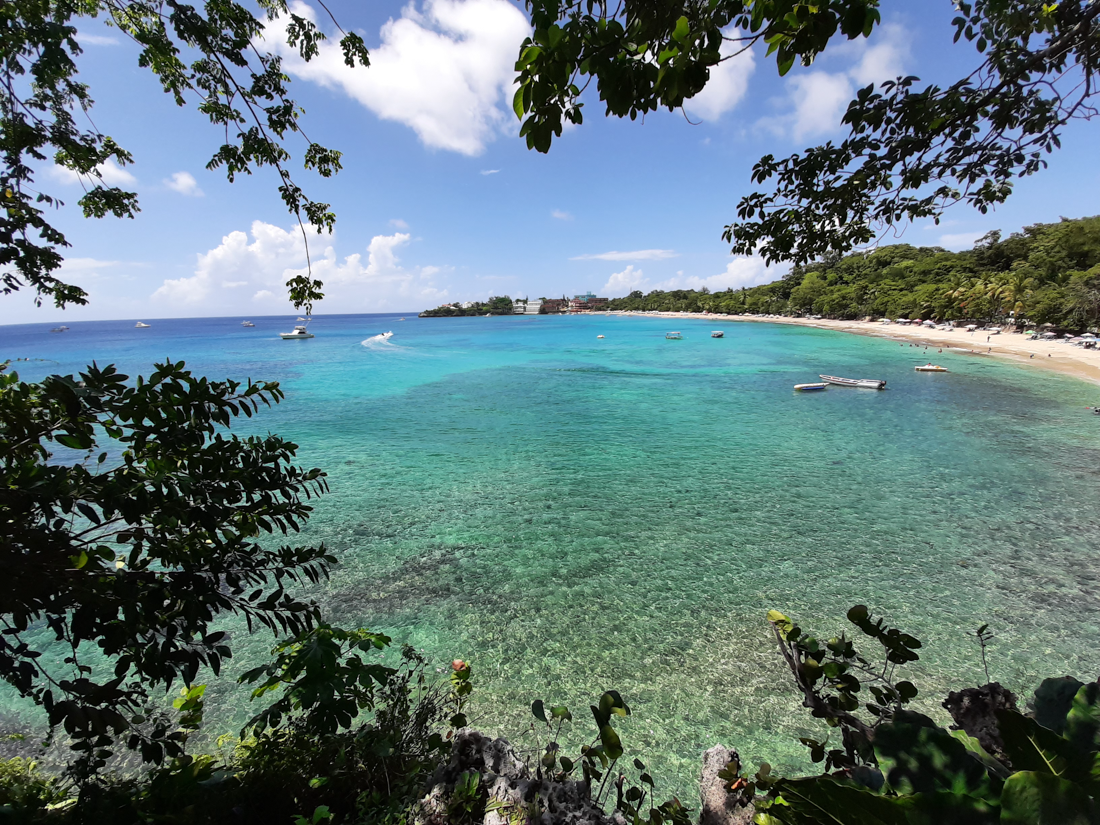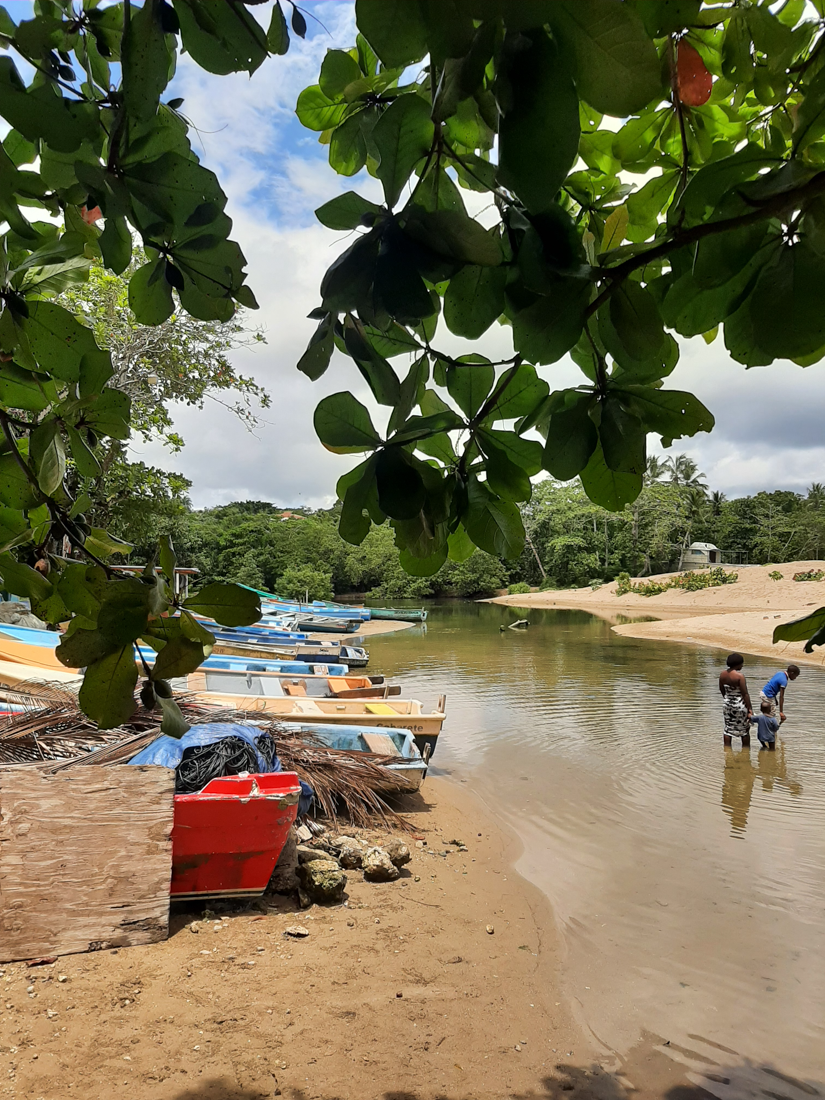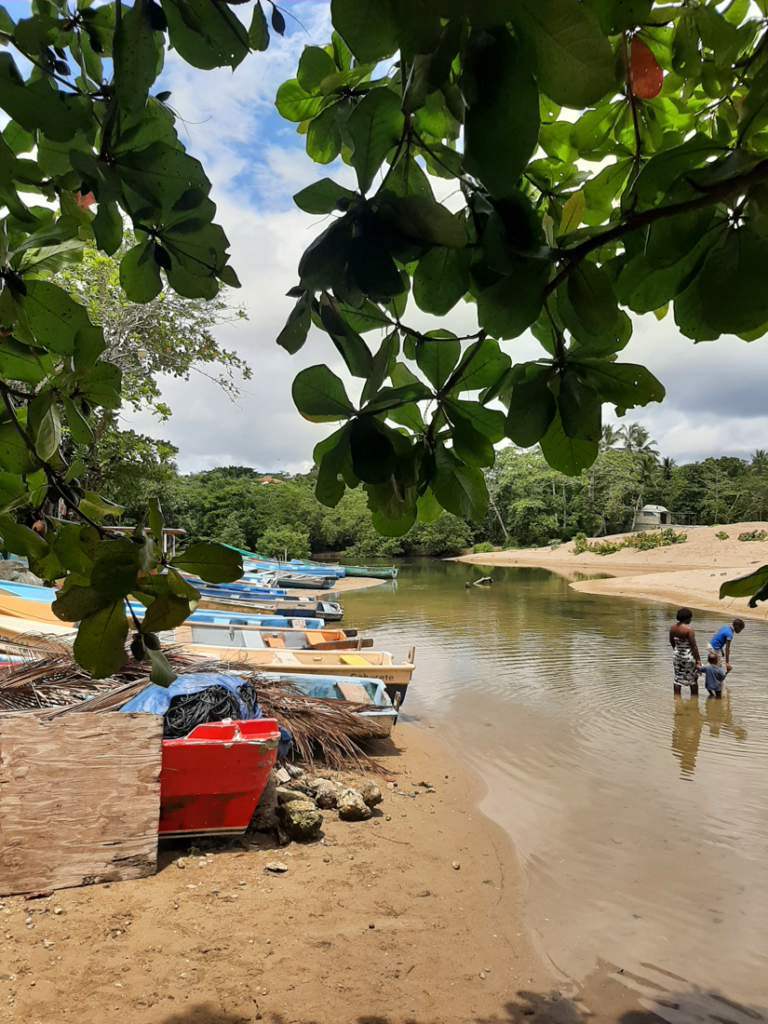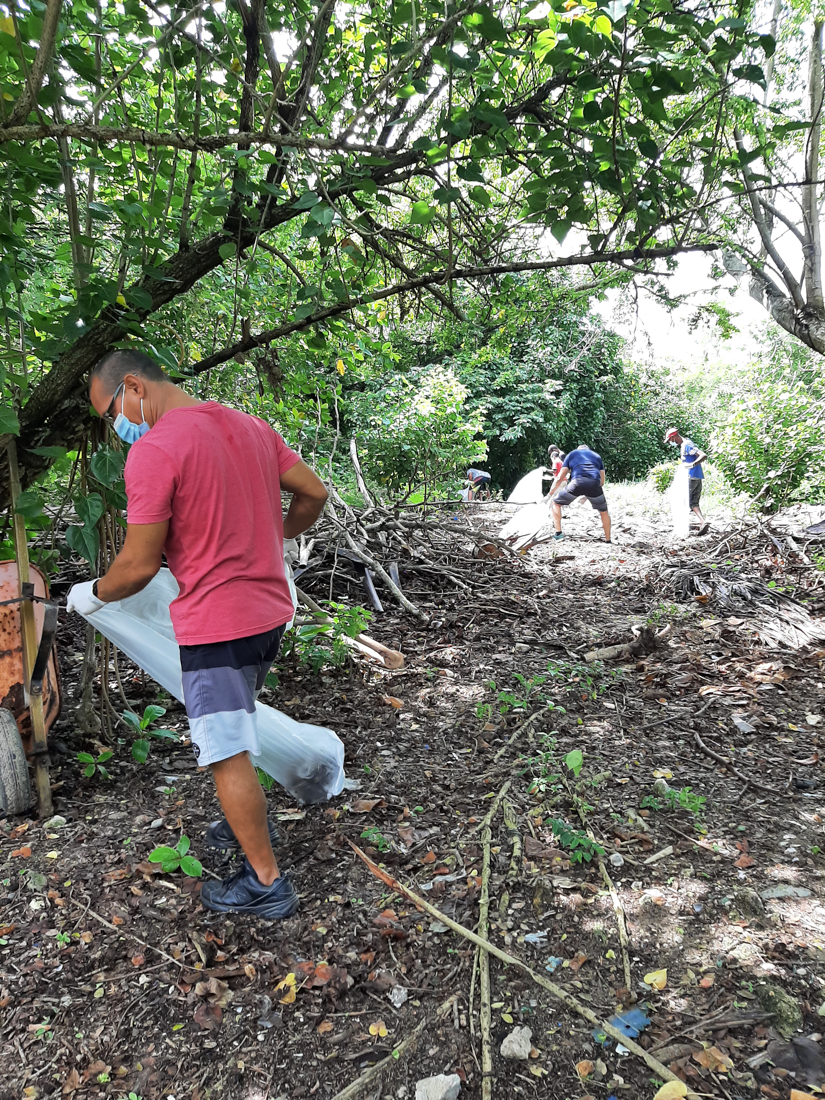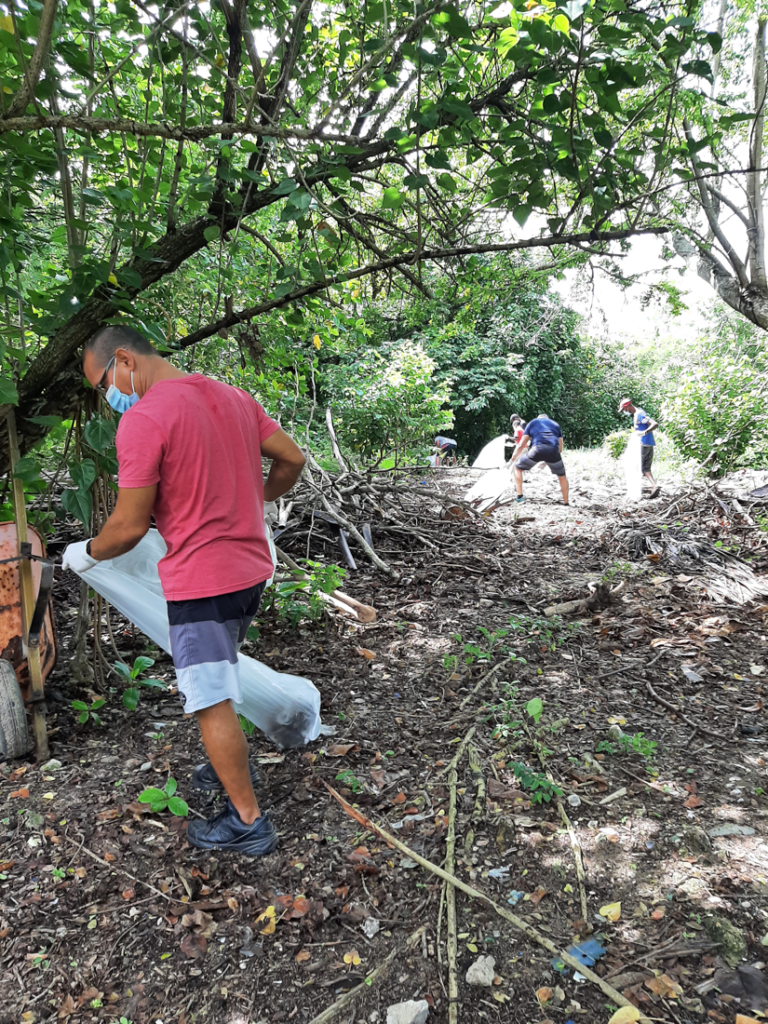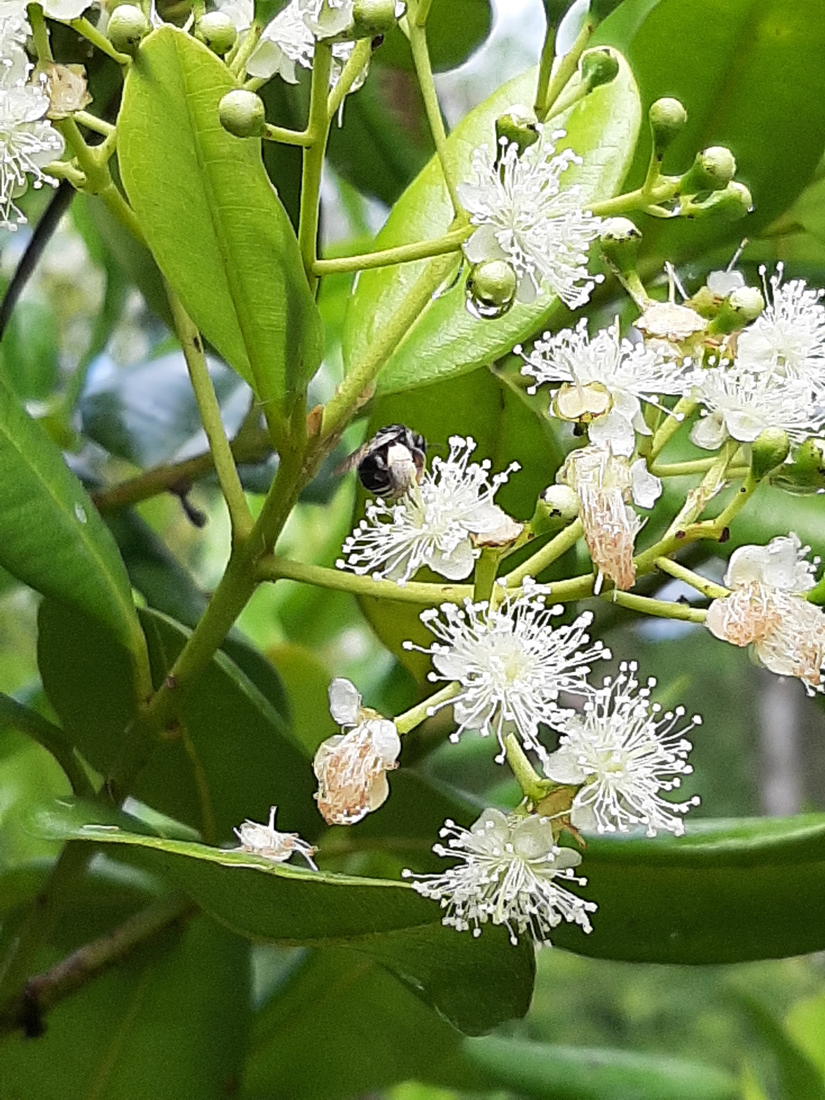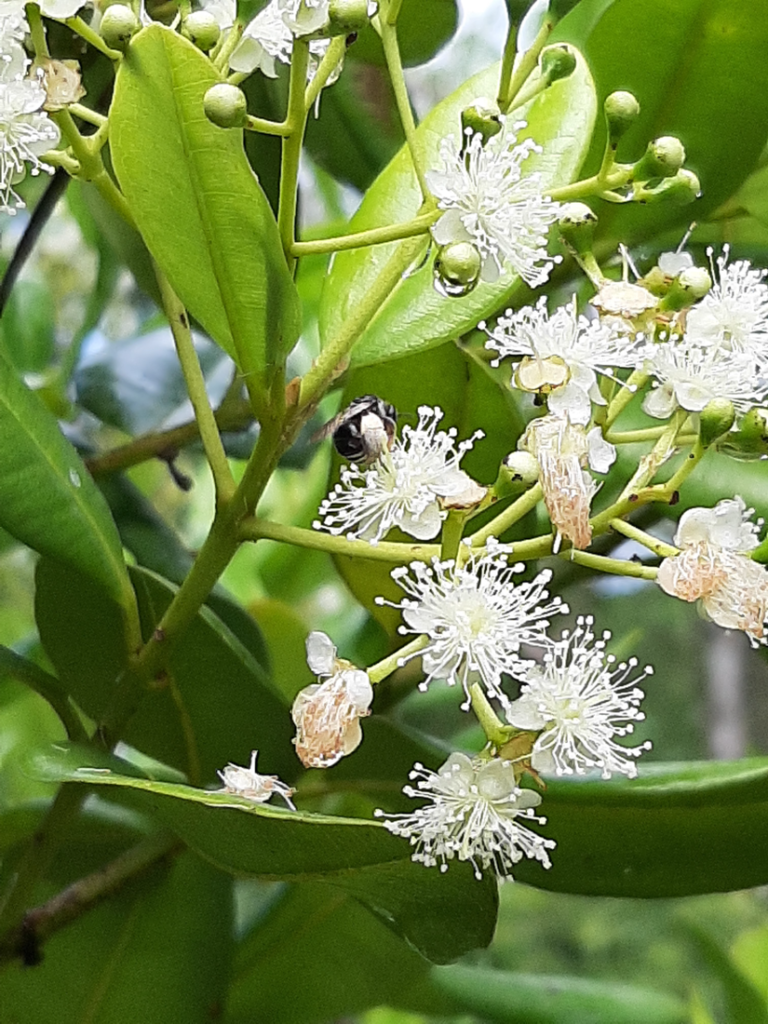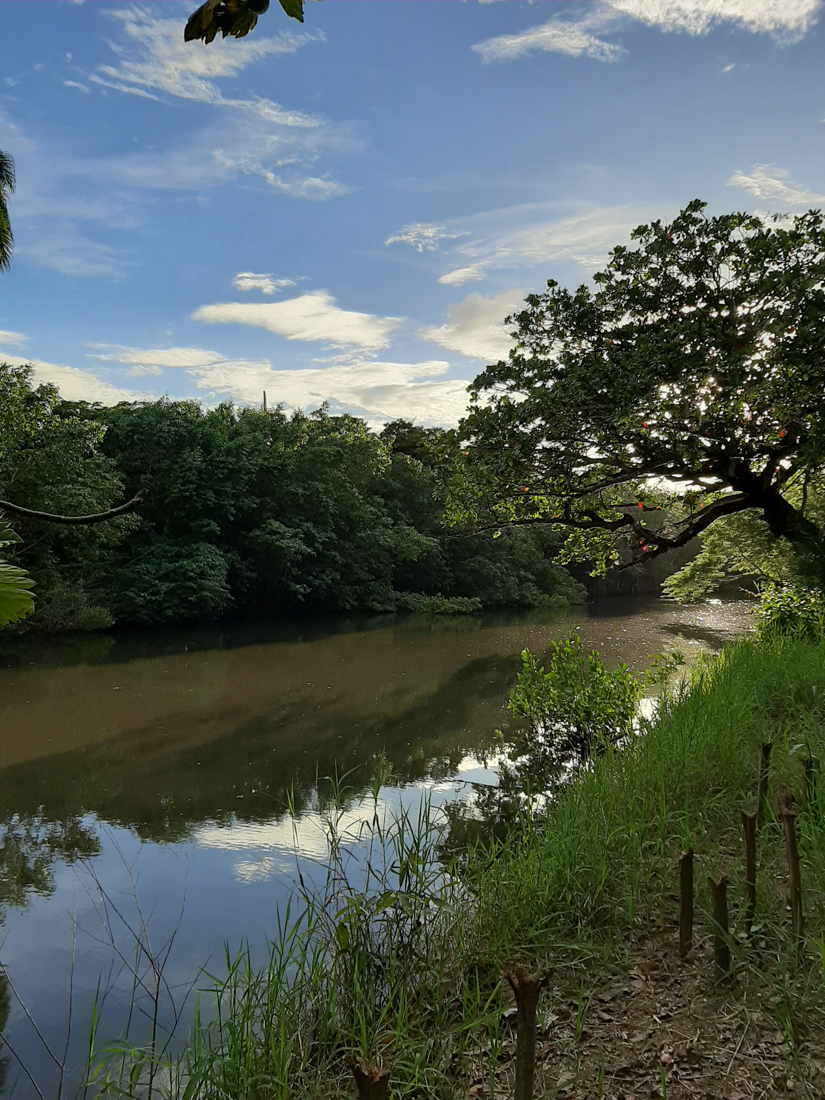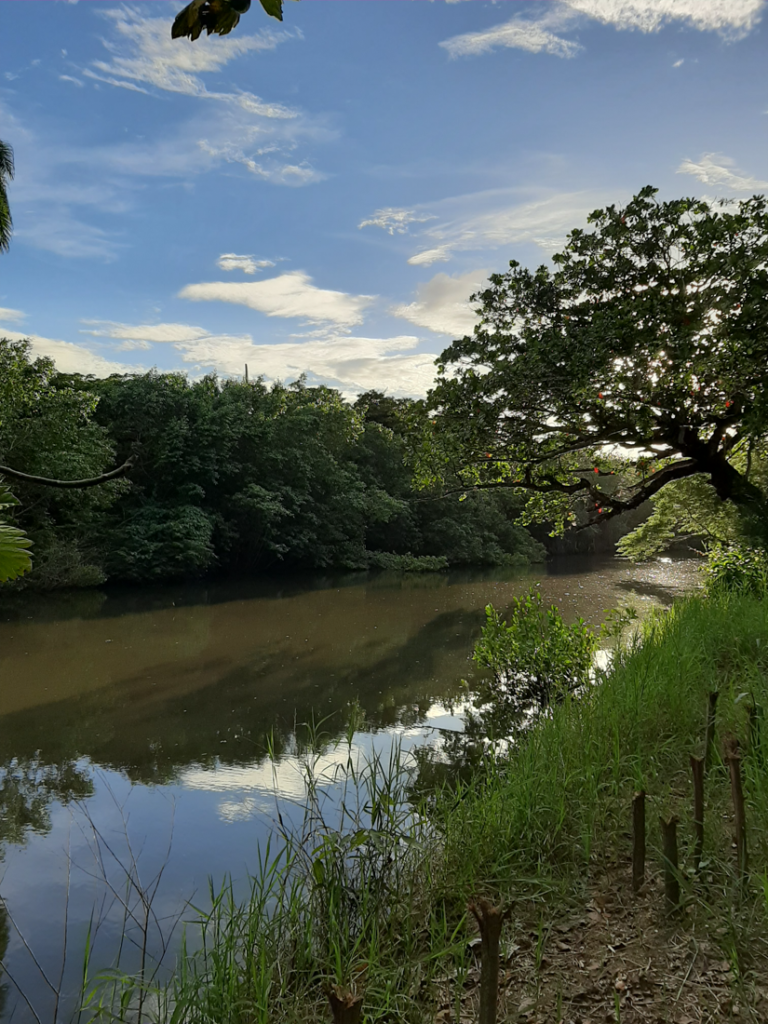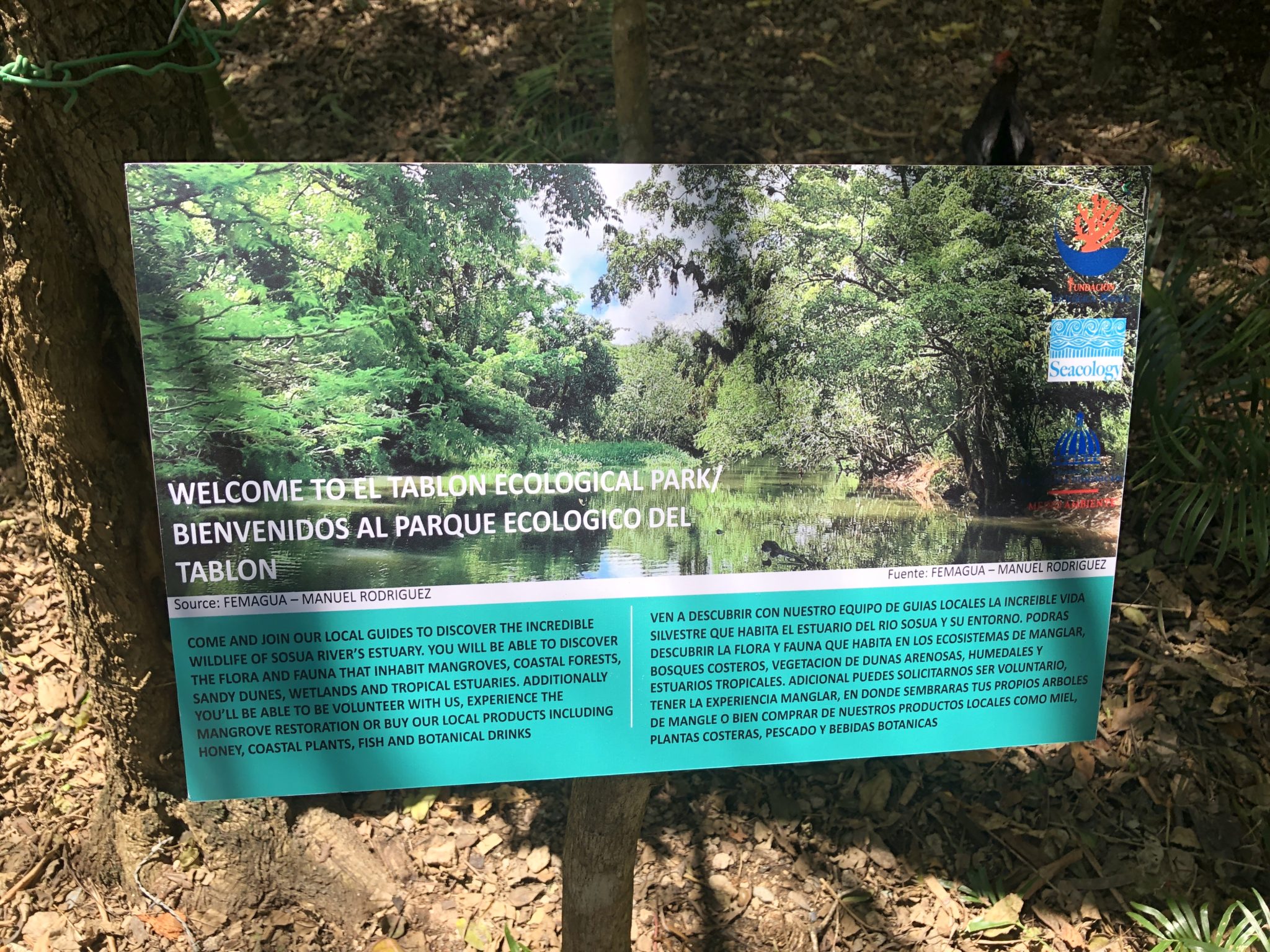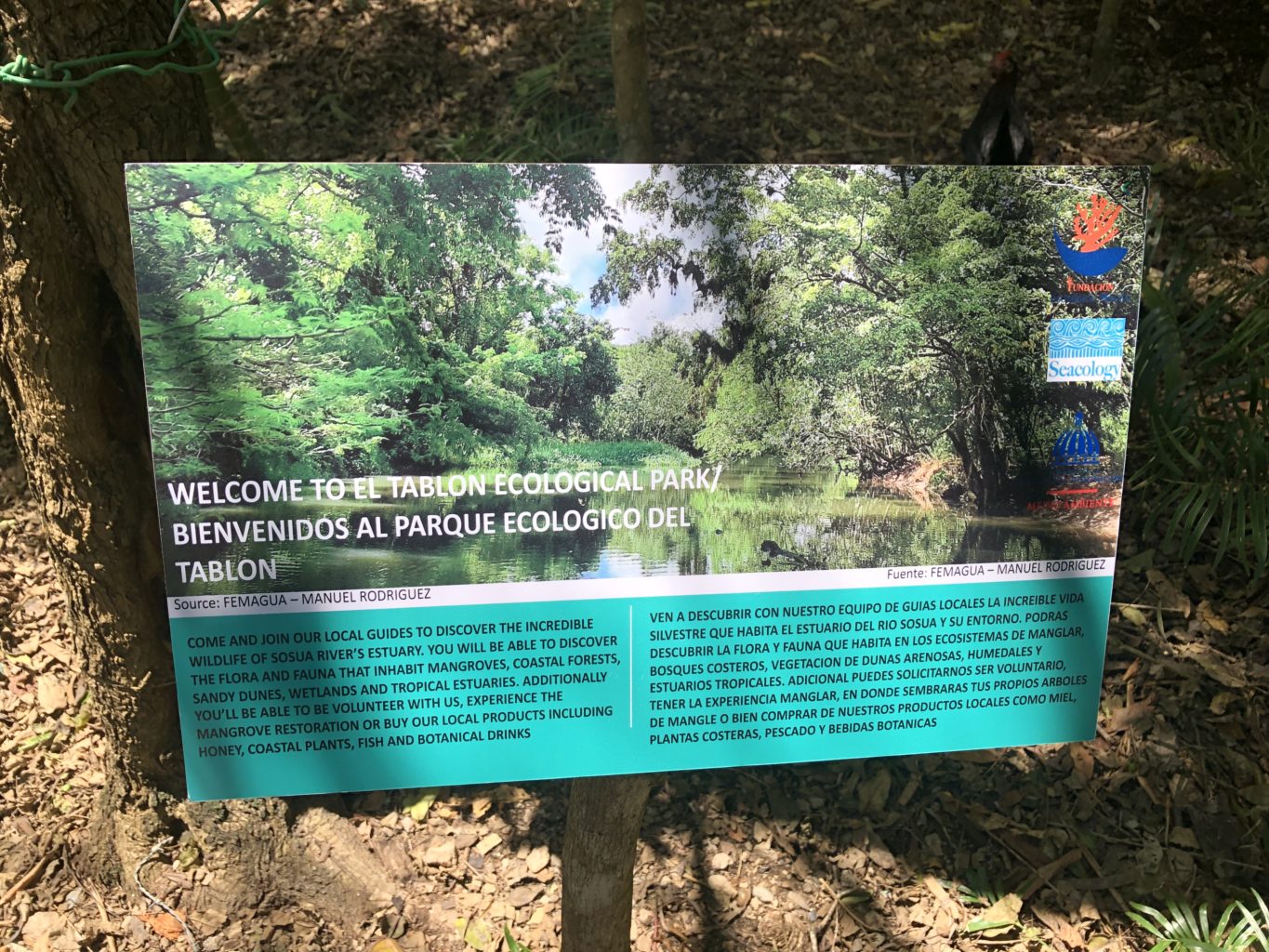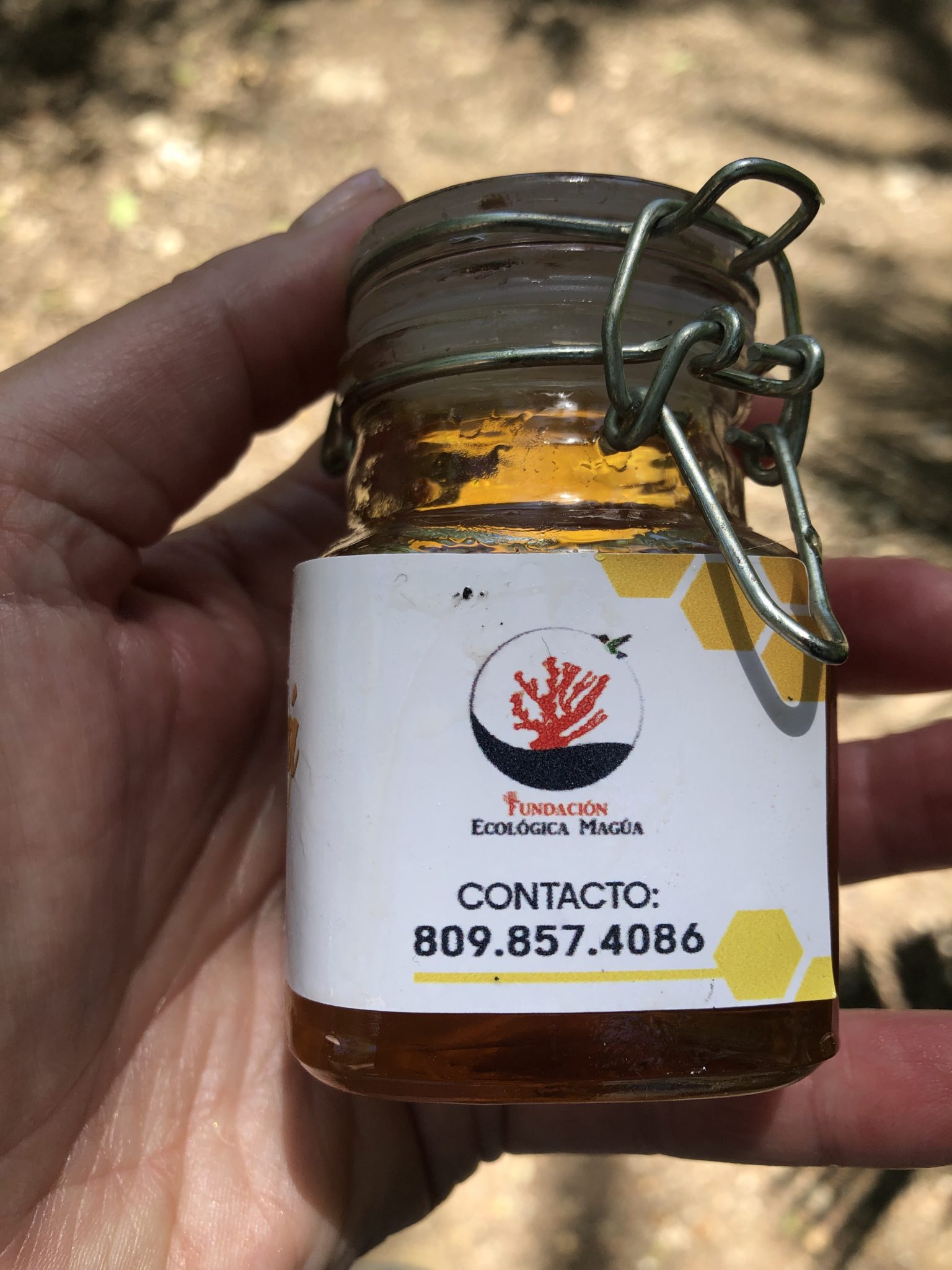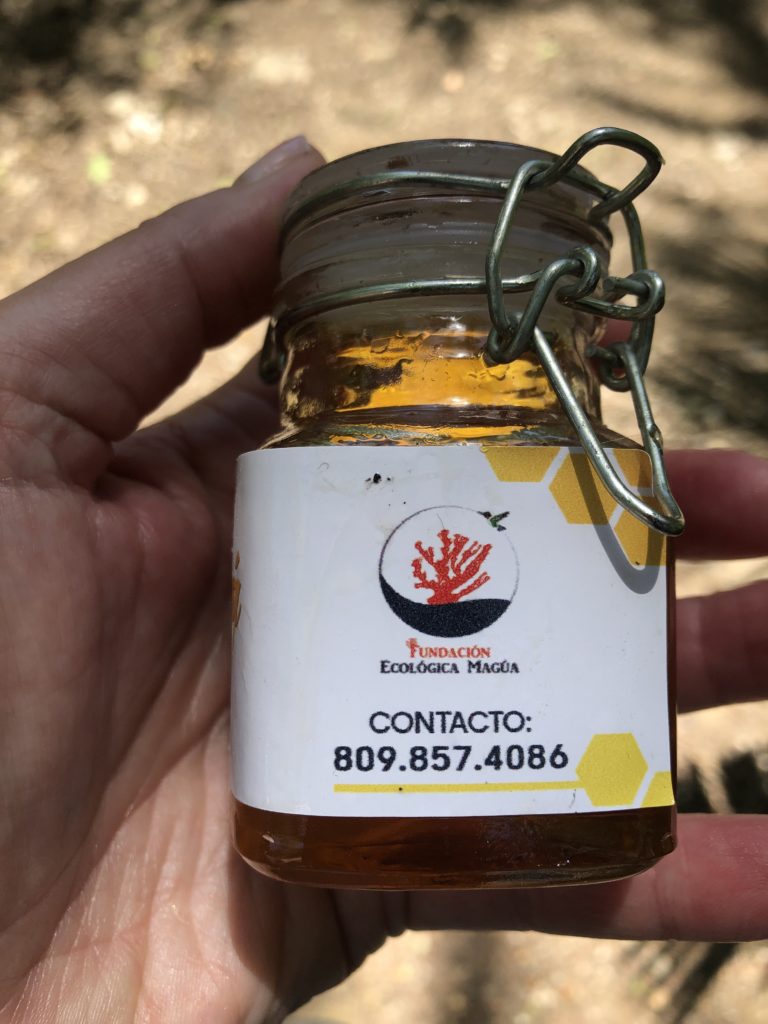Human activities – overfishing, waste dumping, deforestation, water pollution, and poaching – have badly damaged the diverse ecosystems of El Tablón Ecological Park. This project will both protect the park’s unique ecosystems and provide income to local people.
This amazing area contains tropical rainforest, coastal forest, sand dunes, estuaries, and mangroves; coral reefs are nearby. All four of the Dominican Republic’s mangrove species grow in the area. Various threatened species include many aquatic and coastal birds, bull sharks, and the Antillean manatee. The park is a wetland of international significance, and has legal protection because it borders the Sosua Marine Reserve.
Community members know the importance of restoring the healthy mangroves and reefs that their livelihoods depend on. They also recognize the area’s great potential for sustainable ecotourism and aquaculture and have already restored some coral reef.
Members of the Sosua Fishermen’s Association have agreed to maintain, watch over, and protect the park. They will manage a mangrove nursery to propagate about 1,200 seedlings of all four mangrove species, and plant them in a five-acre area. New nesting structures will help the park’s birds. They will also launch a beekeeping facility, producing honey and wax for local markets. Community members will manage the apiculture station, which will initially have 40 honeybee boxes. They will brand the honey as “Sosúa Mangrove Honey” and sell it to visitors, community members, supermarkets, and hotels.
After these activities, community members will move on to revitalizing the area for ecotourism, working with project partner Fundacion Ecologica Magua. They will add paths, a wildlife viewing point, a gathering center, and signs. They will buy equipment such as kayaks and paddleboards. The fishers will learn about conservation and surveillance, and how to teach visitors about the local ecosystems. They will share educational materials with local schools and businesses. Finally, they will set up a garbage collection center to make the environment healthier for all species, humans included.


